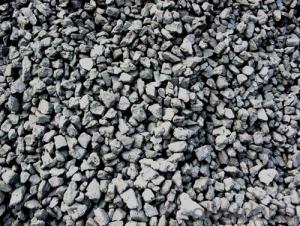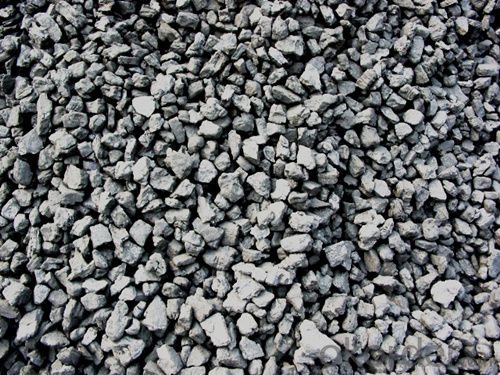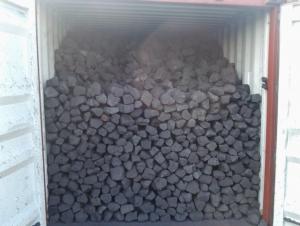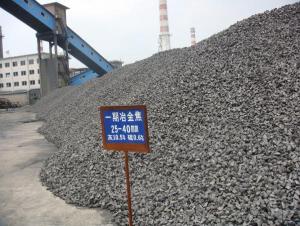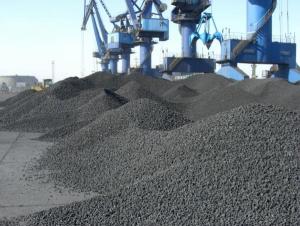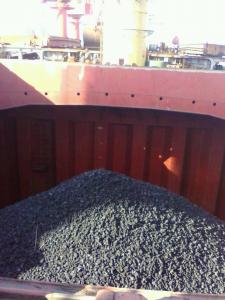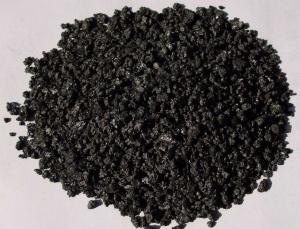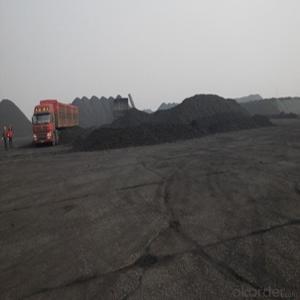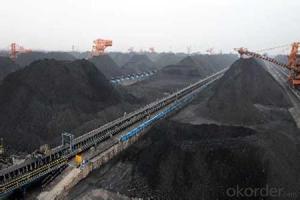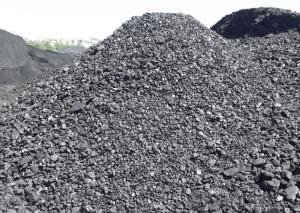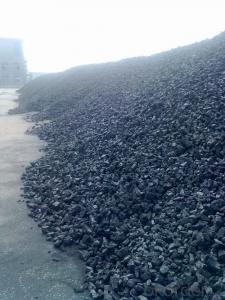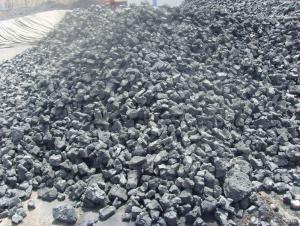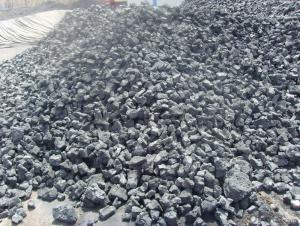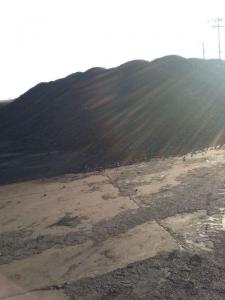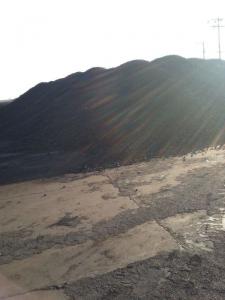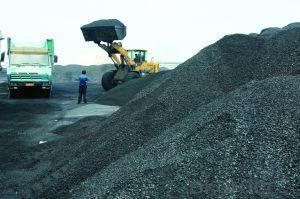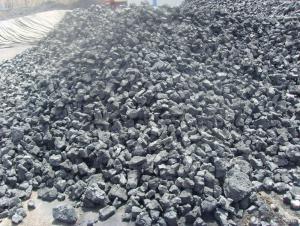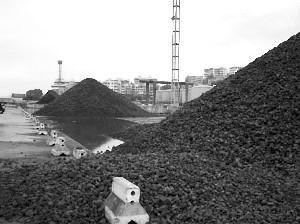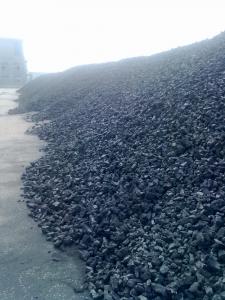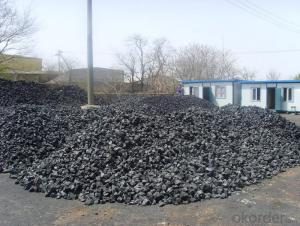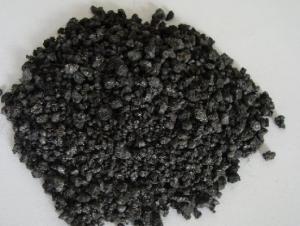High carbon Metallurgical coke / Blast furnace Coke
- Loading Port:
- Tianjin
- Payment Terms:
- TT OR LC
- Min Order Qty:
- 1000 m.t.
- Supply Capability:
- 100000 m.t./month
OKorder Service Pledge
OKorder Financial Service
You Might Also Like
1. Structure of Metallurgical Coke of High carbon Metallurgical coke / blast furnace coke Description:
Coke physical properties including coke sieve grouped into truth, coke, coke powder density depending on the relative density of density, coke, coke gas porosity, thermal conductivity for the heat capacity of coke, coke, coke, coke ignition temperature, coke thermal expansion coefficient of thermal stress, coke shrinkage rate and coke, coke resistivity permeability, etc.
The average heat capacity is 0.808 kj/(KGK) (100 ℃), 1.465 kj/(KGK) (1000 ℃)
Thermal conductivity is 2.64 kj/(MHK) (room temperature), 6.91 kj/(MHK) (900 ℃);
Ignition temperature (air) is 450-650 ℃;
Low calorific value of dry ash-free basis for 30-32 kj/g;
2. Main Features of the Metallurgical Coke of High carbon Metallurgical coke / blast furnace coke :
• Quality assurance
• Mutual benefit
• Preferential price
• Various choice
3. Metallurgical Coke of High carbon Metallurgical coke / blast furnace coke Images:
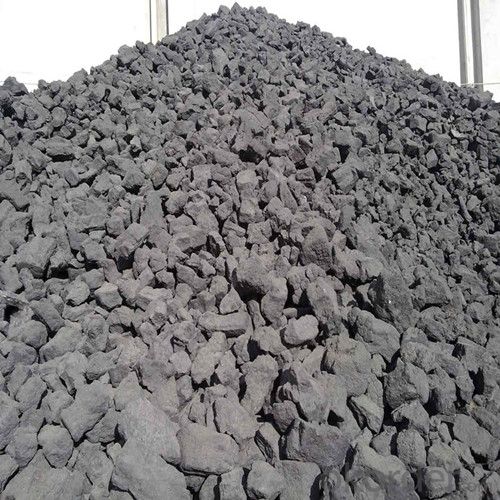
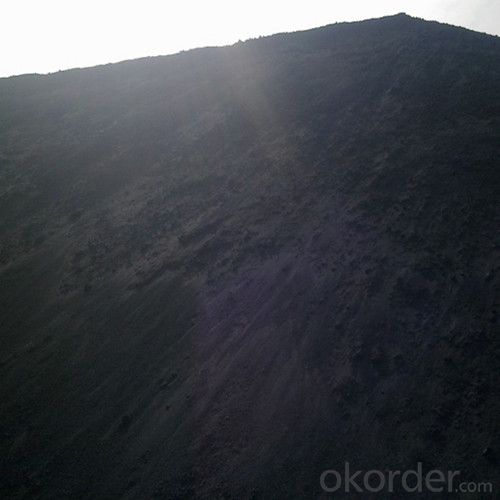
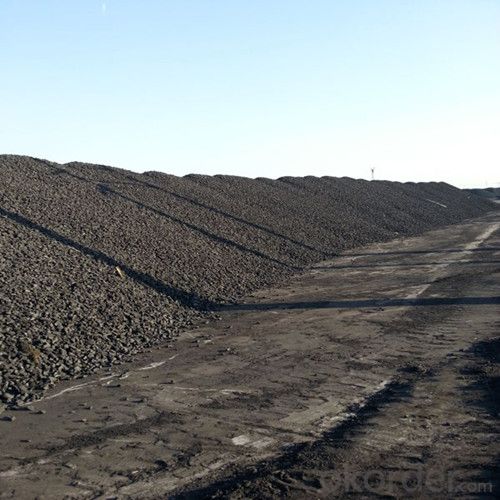
4. Metallurgical Coke of High carbon Metallurgical coke / blast furnace coke Specification:
Guarantee | Rejection | |
Total Moisture (As received basis) | 5% max | |
Ash (dry basis) | 12.5% max | > 13.5% |
Volatile Matter (dry basis) | 1.5% max | > 1.8% |
Sulphur (dry basis) | 0.65% max | > 0.75% |
Phosphorus (dry basis) | 0.035% max | > 0.045% |
M10 | 7% max | > 9% |
M40 | 84% min | <82% |
CSR | 64% min | <62% |
CRI | 26% max | > 28% |
Size 30-90 mm | 90% min | |
+90 mm | 5% max | > 8% |
-30mm | 5% max | > 8% |
5. FAQ
What are coke's main physical properties?
on the relative density of density, coke, coke porosity, thermal conductivity for the heat capacity of coke, coke, coke, coke ignition temperature, coke thermal expansion coefficient of thermal stress and coke, coke shrinkage rate, coke resistivity permeability, etc.
The average heat capacity is 0.808 kj/(KGK) (100 ℃), 1.465 kj/(KGK) (1000 ℃)
Thermal conductivity is 2.64 kj/(MHK) (room temperature), 6.91 kj/(MHK) (900 ℃);
Ignition temperature (air) is 450-650 ℃.
- Q: Standard grade two grade coke standard
- 5, the moisture in the coke: water fluctuations will make the measurement of coke is not allowed, resulting in fluctuations in furnace conditions. In addition, the increase in the moisture content of Coke will make the M04 high, M10 is low, the drum index error.6, the screening of coke composition: in the blast furnace coke particle size is also very important. In the past, the particle size of coke in our country is as follows: the coke size of large coke oven (1300 - 2000 square meters) is greater than 40 mm; the coke size of medium and small blast furnace is larger than 25 mm. However, some of the steel test shows that the coke particle size of 40 - 25 mm as well. Larger than 80 mm of coke to be whole, so that the particle size range. The coke block is uniform, the gap is large, the resistance is small, and the furnace condition runs well.
- Q: Coke is how to produce, what is its purpose?
- Under the condition of air isolation, the bituminous coal is heated to 950-1050 DEG C, which is finally made into coke by drying, pyrolysis, melting, bonding, solidification and shrinkage. Coke oven gas produced in the process of coking and recovery is not only a high calorific value of fuel, but also an important industrial raw material for organic synthesis.
- Q: How to calculate the average particle size of coke
- That is, "(volume) of the table of the percentage, in addition to the corresponding boundary value", these values are added, then the countdown. For example, the boundary 0 to 1 has a value of 10%, between 1 and 2, and between 2 and 4 has a value of 40%, and between 4 and 8, then D (3,2) = / (0.1/0.5 + 0.3/1.5 + 0.4/3 + 0.2/6) = 1/ (+ + 0.2 + + + 0.13 + +) = 1/0.56 = = =
- Q: What is the difference between coal and coke, heat, price, pollution, smoke, odor. Thank you experts answer
- In terms of combustion, coal coke is a high pollution, therefore, coke pollution is less than coal. Coke smoke is very little, the smoke of coal is relatively large, there is also a high quality of soot rarely. When the coal is burning, the smell is bigger and the coke is not completely burnt, so the taste is small.
- Q: How much coal can a kilogram of coal weigh?
- But now the coking industry will not only coke coke, but with coking coal, fat coal, gas coal and other coal mixed coking
- Q: Why is coke used in blast furnace steelmaking?Why not use coal?
- The role of coke in blast furnace steelmaking is as follows:(1) providing heat: the coke burns fiercely in the raceway in front of the tuyere of the coke oven, and the heat generated by the combustion is the main heat source in the process of blast furnace smelting.
- Q: What is the difference between coke and carbon residue? Coke is a high-temperature refining, carbon residue can be used for civilian fuel it?
- Types of coke:Coke is usually divided by use of metallurgical coke (including blast furnace coke, coke and iron alloy coke, calcium carbide and coke gasification etc.) with coke. The pressurized pulverized coal forming coal, coke carbonization etc. in the new postprocessing process called Formcoke.1, metallurgical coke, metallurgical coke is coke, coke, iron alloy coke and non-ferrous metal smelting coke for metallurgical coke collectively. More than 90% are used in blast furnace, the furnace coke often called metallurgical coke.The metallurgical coke quality standard (GB/T1996-94) made in China is the quality standard of blast furnace
- Q: What are the requirements for the quality of coke in blast furnace smelting
- Different uses of different coke porosity index requirements, the general requirements of metallurgical coke porosity in the 40 ~ 45%, 35 ~ 40% in coke, coke export demand in about 30%.Coke crack degree and the porosity level, and the coking coal has a direct relationship, such as coal based coke refining, crack, high porosity, low strength; with coal as the foundation of the coal refining coke crack less, low porosity and high strength. The strength of coke is usually represented by two indices of crushing strength and abrasion resistance. Coke crushing strength refers to coke can resist foreign impact force without ability along cracks or defects at the broken, represented by the M40 value; wear strength of coke coke refers to the ability to resist external friction without surface of glass forming debris or powder, said M10. The cracking degree of coke affects the M40 value of its breaking strength, and the pore structure of coke affects the M10 value. There are many methods for determination of M40 and M10 value method, commonly used in our country the German migon drum test.
- Q: What is the difference between coke and semi coke in ferrosilicon smelting process? In the process of energy statistics in the end should be 0.9714 of the conversion coefficient should be used with the conversion coefficient of 0.75 x 0.9714, please expert advice? emergencyUrgent!
- Coke strength is poor, poor permeability, high temperature performance is poor, the use of a large risk, easy to cause fluctuations in blast furnace conditions. Prices are relatively cheap. Low temperature coke and high temperature are all coal products.
- Q: What are the national standards for grade two coke?
- Volatile content is not greater than 1.80; crushing strength: M40:76.1 - 80, M25:88.1 - 92; wear resistance: M10: not more than 8.5;
Send your message to us
High carbon Metallurgical coke / Blast furnace Coke
- Loading Port:
- Tianjin
- Payment Terms:
- TT OR LC
- Min Order Qty:
- 1000 m.t.
- Supply Capability:
- 100000 m.t./month
OKorder Service Pledge
OKorder Financial Service
Similar products
Hot products
Hot Searches
